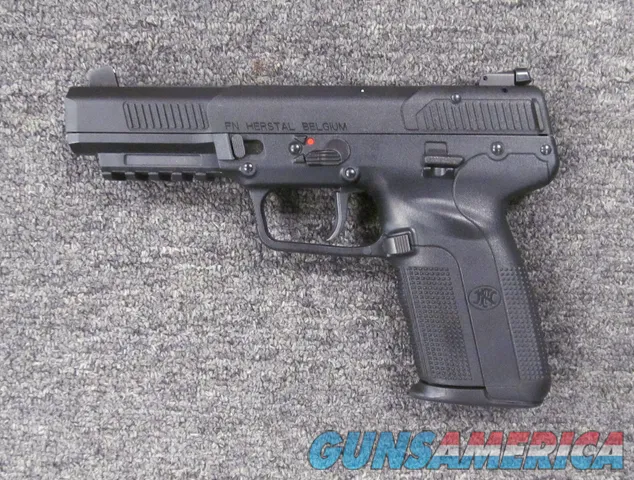As firearm ownership continues to rise across the United States, so too does the conversation around responsible gun use and safety. Amid this dialogue, a new technological development is gaining traction—smart gun technology. Designed to prevent unauthorized or accidental discharges, smart handguns represent a cutting-edge solution to modern safety concerns while preserving the rights of lawful gun owners.
But how realistic is the adoption of this technology in today’s firearms industry? And more importantly, will gun owners trust it? Read below, as Gunsamerica, a reputable online firearm marketplace, offers insights into smart gun technology and its role in shaping the future of firearm safety.
Smart Guns: The Next Evolution in Firearms
Smart guns are firearms equipped with technology that restricts their operation to authorized users only. This can include biometric fingerprint scanners, RFID chips, or PIN code systems. The concept is simple: only the registered owner, or an approved user, can fire the weapon.
Manufacturers like Biofire, SmartGunz, and LodeStar Works are leading the charge with prototypes and early models that integrate this tech into familiar firearm platforms. Their goal is to maintain performance while adding an extra layer of protection, particularly in homes with children, high-risk environments, or areas prone to theft.
What makes smart guns particularly appealing is their potential to reduce accidental shootings, misuse, and firearm theft—problems that traditional gun safes or trigger locks don’t always solve.
Real-World Safety Applications
The potential safety benefits of smart guns are significant:
- Child Safety: In homes with kids, a smart gun may prevent tragic accidents that occur when children gain access to unsecured firearms.
- Home Defence: In a break-in scenario, a stolen firearm would be useless to the intruder if it’s smart-enabled and locked to the owner.
- Law Enforcement: Officers face the risk of having their firearms used against them. Smart guns could provide an additional safeguard by preventing anyone but the authorized user from discharging the weapon.
- Gun Theft: With tens of thousands of firearms stolen from homes and vehicles each year, innovative technology could render these stolen guns inoperable, reducing their street value and misuse.
These applications demonstrate how smart guns can add value without compromising the traditional features and reliability that gun owners expect.
What It Will Take to Gain Trust?
Smart gun technology holds exciting promise, but earning the trust of the firearms community is crucial to its success. Gun owners—especially those who carry for self-defence or use firearms professionally—require absolute reliability. Smart guns must demonstrate flawless performance, even under pressure, in extreme environments, and during rapid use.
To gain market confidence, the industry must focus on:
- Rigorous Field Testing: Demonstrating that smart features don’t fail when seconds matter.
- Battery Reliability: Ensuring power sources are long-lasting, fail-safe, and easy to monitor.
- Privacy & Control: Making it clear that owners—not third parties or regulators—control the firearm’s functionality and data.
- Voluntary Adoption: Emphasizing that smart guns are an option, not a mandate, will be crucial in alleviating regulatory concerns and political tensions.
Market Readiness and Industry Impact
While adoption is still in early stages, interest in smart guns is growing—especially among first-time buyers, safety-conscious parents, private security firms, and tech-forward consumers.
For gun retailers and online marketplaces like GunsAmerica, smart guns could represent a new product category with unique appeal. As consumer awareness increases, offering smart firearms alongside traditional models may become a key differentiator.
In the long term, larger firearm manufacturers may begin to acquire or partner with smart gun startups, just as the automotive industry has embraced innovators of hybrid and electric vehicles. With the right balance of safety, freedom, and functionality, smart guns have the potential to become a mainstream option—not a replacement—for today’s firearm owners.
Conclusion
Smart gun technology is not about taking firearms away—it’s about adding a modern layer of safety to responsible ownership. Whether it’s preventing child access, deterring theft, or adding security for law enforcement, these innovations could help reduce preventable incidents without compromising performance or personal rights.
The future of smart guns will depend on trust, performance, and freedom of choice. If the industry can meet these expectations, smart firearms may soon take their place alongside traditional models as a valuable option for the next generation of gun owners.








